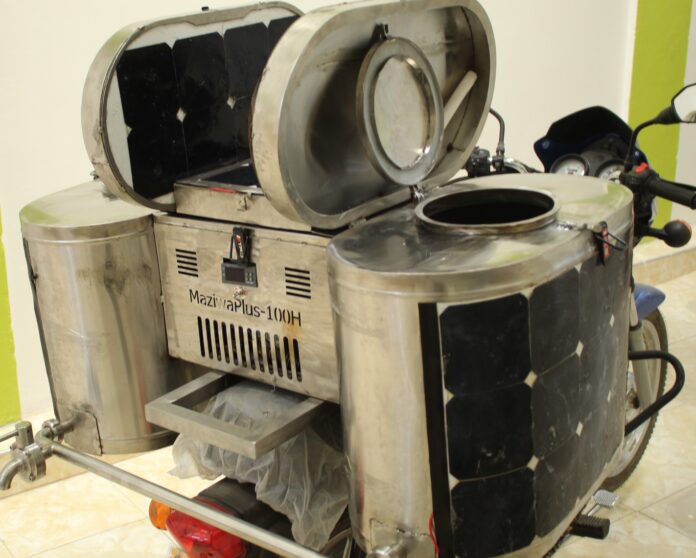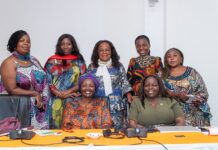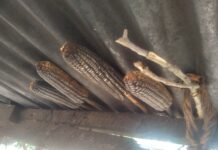By Marion Munywoki
Nairobi County, Kenya: In the outskirts of Nairobi’s Ruai estate solar-powered coolers, MaziwaPlus pre-chillers, and the MaziwaPlus dairy Management System [DMS] are new innovations in dairy farming used to keep track of milk produced.
They are providing tailor-made solutions in innovations of both software and hardware to help reduce the losses in post-production in dairy farming.
Savanna circuit previously located in West Pokot, after diversifying their products and services across different counties during the pandemic, change was inevitable. “We had our plant initially in West Pokot, then we diversified to the rest of the South Rift in areas like Elgeyo Marakwet, Uasin Gishu, and Trans Nzoia county, eventually there was a lot of demand for our products and services from across the country, hence the move.” Said Emmastella Gakuo Co-Founder of Savanna Circuit.
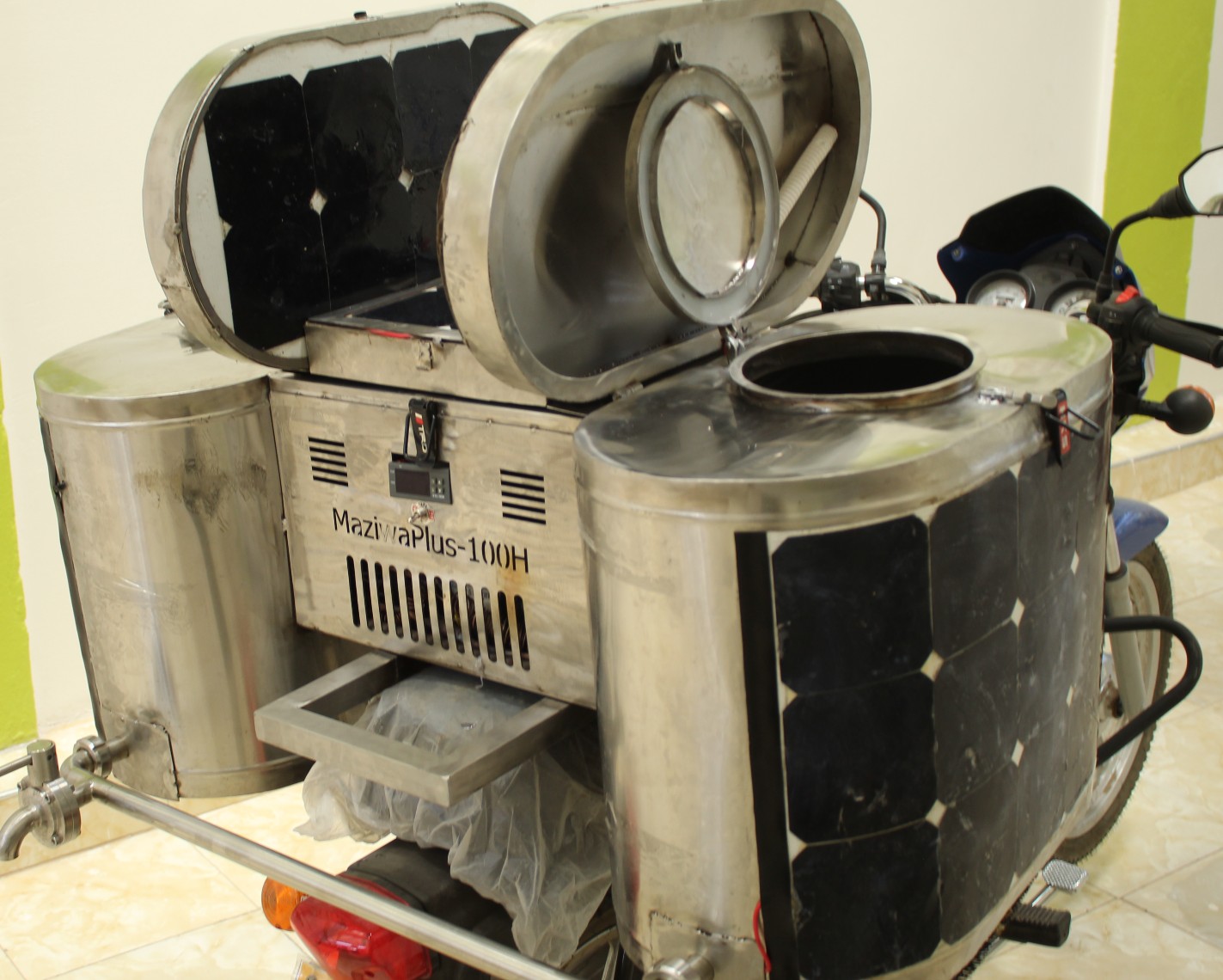
The Covid-19 Pandemic in Kenya threatened the existence of micro and small enterprises (SMEs). At the most basic level, in order to adapt to the new climate, innovations had to be incorporated to solve preventable losses in the nation. This came true for Gakuo.
With their in-house production, everything from production all the way to assembly is carried out on their farm. “Manufacturing has to be a priority, to help our economy. With the right human resources and a motivated team, it is possible to bring new solutions on board,” she says while referencing other successful economies. Endorsing more people to take part in the manufacturing of our solutions in our continent, Africa to bring about change.
How it works
“We had the potential to offer new, bold, and tailored solutions that empower our communities,” she says while demonstrating how to use the MaziwaPlus prechiller. With the MaziwaPlus prechiller, it enables cooling on the go via solar energy. The mechanism is designed in a way that the shape and the weight are well balanced perfectly on the motorbike. The lid is also fitted with a well-rounded rubber so that in case of an accident, the milk would not spill.”
The capacities and designs of the MaziwaPlus prechillers are custom-made. The lighter ones 100 L up to 200 L are fitted on the motorbikes. In the case of bulky 300 L up to 1000 L, they require a suitable means of transport to accommodate the weight. Either a tractor, pickup, or a ‘tuktuk’ is used allowing cooling to take place as they go.
Gakuo explains that the MaziwaPlus prechillers are fitted with batteries that power the cooling system. The battery fitted gets energy by charging from solar during transportation. This allows for the battery to power the system while simultaneously charging from the sun. It is possible to cool the milk to the desired temperature. “We have the autonomous precooler that is able to drop milk from 35 degrees up to 4 degrees using solar energy. As long as the battery is charged, it makes it possible for cooling on the go.”
Tracking the quality of milk
The MaziwaPlus DMS app was necessary to work hand in hand with the MaziwaPlus prechillers. “The MaziwaPlus DMS app records real-time data from the farmer on the farm. The farmer is sent a message notification, informing the quantity of milk collected and how much money to be expected after an agreed period of time.” Gakuo clarifies the need for a simple yet effective app to ensure maximum profits to the farmers without compromising the milk quality.
The idea behind the app is that route mapping, ensures traceability and accountability from the rider. At the time milk is collected, the app tracks exactly how long the collection took from one farm to another. Progress is recorded from the farms to the marketplaces. The progress can be viewed by the farmer at any time.
Apart from tracking the riders, to ensure good quality of milk, monitoring the quality of milk collected is necessary. The riders are equipped with knowledge on how to measure the quality with the help of a lactometer. All this is in accordance with the certification and standard of dairy farming. In cases where the quality is compromised, the farmer is informed firsthand that their milk will not be collected. Only the milk that passes the various tests is collected for delivery.
Gakuo further discloses that coming from a dairy farming background, it was easier to offer solutions for dairy farming. Closer to home, it was the more practical area of focus. “We chose dairy farming because we come from dairy farming communities. I have always been surrounded by dairy farming and my co-founder Percy Kiptoo also comes from a pastoral community in West Pokot,” she explains.
When she noticed the problems associated with dairy farming were not new, a sustainable solution was necessary. “It is very shameful that the problems that were experienced by our forefathers are the same that our parents experienced and probably are going to be the same to be experienced by our generation if no solution is found to stop this,” she says. It ensured the dedication to offering solutions to post-harvest loss in dairy farming.
The agricultural sector is a major part of the climate problem. According to the World Bank 2021 report, agriculture generated around 19-29% of green gas. This resulted in the need for sustainable innovations that have a positive impact on the environment through the use of clean energy while still solving post-harvest loss.
“You find a lot of rural dairy farmers, due to lack of a reliable source of energy, rely heavily on diesel-powered generators or fuel in their cooling and pasteurizing processes,” she continues, “If we want to be good to the environment, we have to find green solutions. We have to have solutions that plug into clean renewable energy.” Emmastella became more intentional to include clean energy as a means of energy production.
In Kenya, up to approximately 7% of milk produced is lost during post-harvest. Prolonged droughts have reduced livestock productivity resulting in low food production leaving about 3.5 million people facing food insecurity, according to the recent analysis carried out in 2022 by ReliefWeb. So sustainable post-production loss systems are to be embraced during times like this.
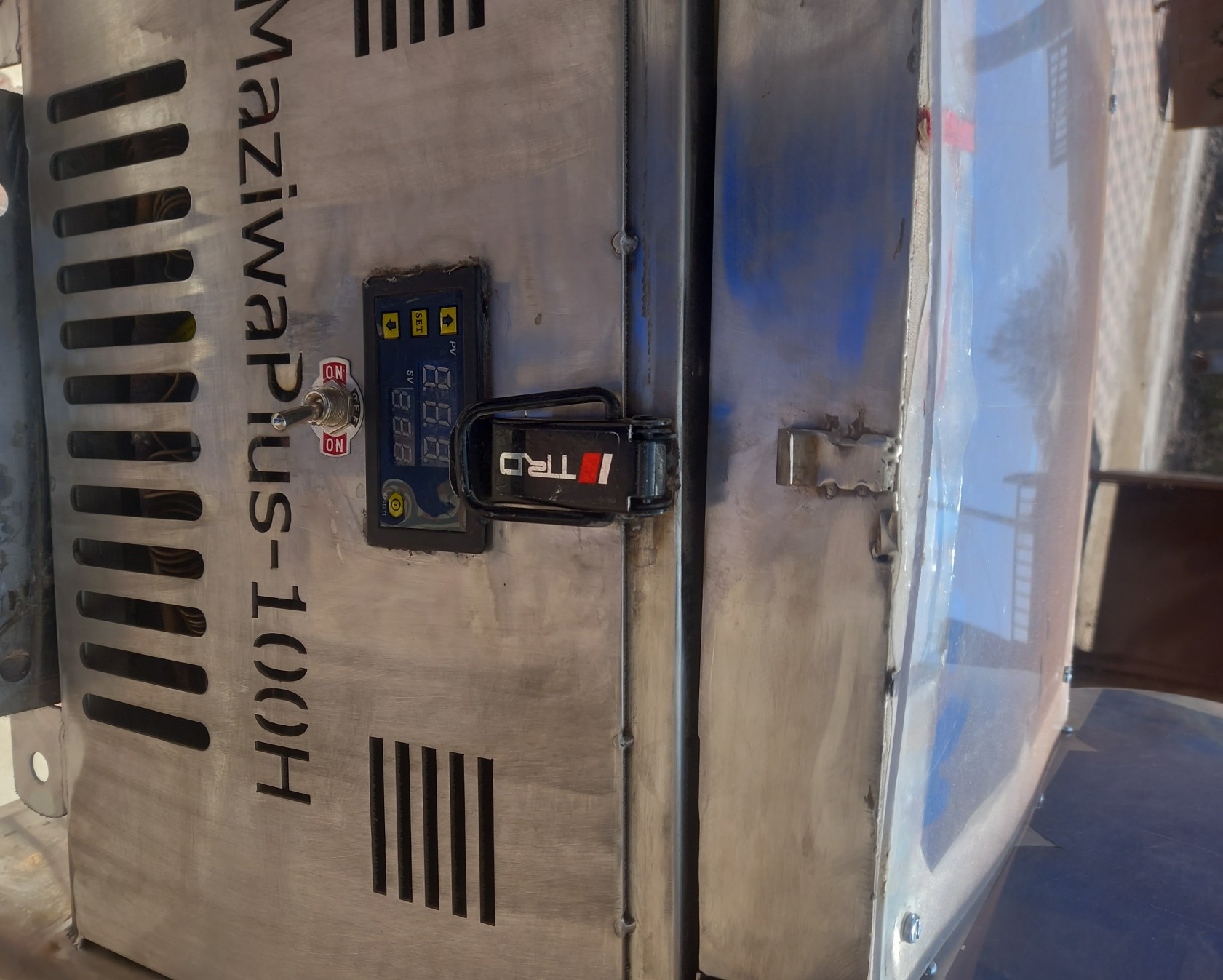
With reduced milk losses, in rural areas, farmers have moved from casual laborers to business people. The high cost of initial dairy farming can be mitigated resulting in profits. Through the digitization of the milk management system, it is easy to keep track.
Gakuo talks about the need of employing youth in her operations. “I know we grew up hearing that youth are the leaders of tomorrow. However, I believe that we are the leaders of today and tomorrow. The ultimate real change will be experienced when the youth are at decision-making desks,” she explains. In spite of it being youth-led, Savanna does not shun elders in their operations. It is the older generation’s faith and belief in them that have made them. Relying heavily on the guidance and wealth of knowledge of the older generation.
Challenges
Although the MaziwaPlus offers local solutions, it has been a challenge to compete with already imported goods. It is yet to be well received in our communities. “You approach a farmer and they would like what you do, but since the hesitancy in their voice when they find out it is produced and manufactured in Kenya.” To combat this, offering good after-sale services has come in handy.
Ultimately, Gakuo hopes to not only be able to add value but also improve lives through innovations.
This publication was produced with the financial support of the European Union. Its contents are the sole responsibility of Marion Munywoki and do not necessarily reflect the views of the European Union.

